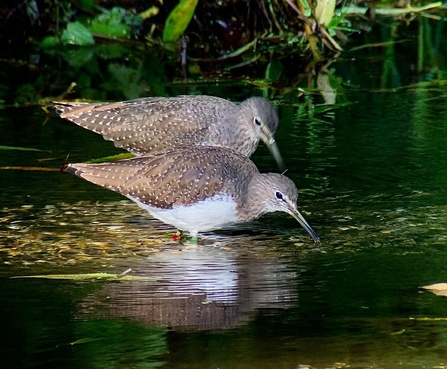With colder nights, shorter days, a myriad of colour and falling leaves, this transitionary season sees lots of too’ing and fro’ing amongst our bird populations too. With so much activity, it’s a time for bird watchers and those interested in our natural world to revel in. Read on to find out who is taking to the skies!
So, why do birds migrate? Most birds are able to withstand freezing temperatures but winter means that food resources become scarcer. A change of location can resolve that. Birds head south towards warmer regions because they will find an abundance of insects, plants and other food sources for the winter. In spring, they’ll migrate back to their nesting areas.








